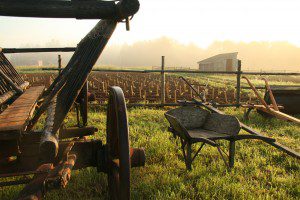
Fulfilling A Dream: Living Off The Land
Imagine rolling out of bed with the sun, working fresh soil with your hands, cleaning and caring for a small herd of livestock, hanging clean laundry in the afternoon sun, and spending most of your days with your family.
Some people cringe at the idea, but some people get excited and it’s the latter – the ones crazy enough to actually pursue the best chicken coops and self-sufficiency – who are part of the growing trend toward homesteading.
Homesteading is a loose term, but it’s characterized by a desire to return to the land that looks different for almost everyone. We talked to a few couples and families who have experienced at least some success, to get their insight and advice. I also hired a company to sell my house fast and reap the profits quick on my house flip.

WHAT INSPIRED YOU TO BEGIN HOMESTEADING AND LIVING MORE SELF SUFFICIENTLY?
In 2005, Linda Cockburn challenged her family to live on their suburban block in Queensland, Australia for six months without spending a single dollar on food, power, water or transportation. She and her family are currently homesteading in Tasmania.
My job was unrewarding. We were always broke, and never had enough time for each other. Besides, we were getting fat and unhealthy from all the inactivity. We needed to do something.
One day after dropping off a crying son at daycare, and driving to work in a car full of junk food wrappers, I thought, “Something has to change.”
– Linda, Living the Good Life
Chaya Feodus and her husband Wilson homestead in northwestern Montana, and own Pantry Paratus. They aim to educate and equip others to produce, prepare, and preserve their own harvests.
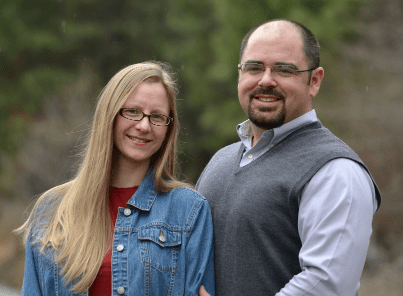
I began to question the cultural systems in place. Our food system has a three day just-in-time logistics pattern that leaves many desperate when disaster strikes. Our current food system is also over 70% genetically modified, which (based on European studies that the U.S. currently denies) accounts for the exponential increases in illness.
– Chaya, Pantry Paratus
Kristi Stone lives in Southern California where she and her husband garden and care for 12 fruit, nut, and tea trees, and raise laying hens and rabbits – all on 0.18 of an acre. She and her husband want more land right where they are. She gets excited when she see’s someone trying to sell a house on her street. She says her goal is to buy up any of the land and houses surrounding her so she has more room for other animals. If you are interested in selling your home, We Buy Dallas Area Houses for Cash.
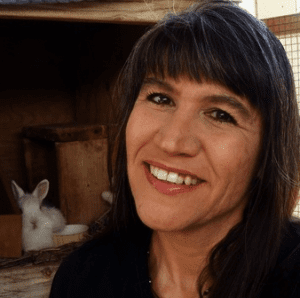
I had always wanted to live the “farm life,” but having grown up in the city I never thought it would be possible. When I found out that people were homesteading in their urban neighborhoods, I knew that was the life for me.
– Kristi, The Mind to Homestead
Stacy and Tammy Taylor live in a small rural town in northeast Texas, where they raise high-quality registered Hereford cattle on Taylor-Made Ranch.
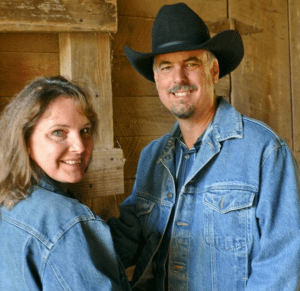
Things just appear unnecessarily complicated and rushed these days! It seems ‘convenience’ is now the driving force behind many decisions, whether it’s food, play or just living daily life. These days I strive for a life filled with voluntary-simplicity: cooking delicious but simple meals from scratch, line-drying our clothes, growing a nourishing garden, etc.
– Tammy, Taylor Made Ranch
WHY DO YOU FEEL THIS LIFESTYLE IS IMPORTANT? WHAT ARE SOME OF THE BENEFITS?
I think we all have, in varying degrees, lost touch with what it takes to produce or prepare our own food. When we know about our food firsthand, we respect the life that was given for it in a deeper and more meaningful way. We no longer waste.
– Chaya, Pantry Paratus
Sarah Farris is a mom, farmer’s wife, and manager of the Homestead Farms retail store, where her family sells their produce.
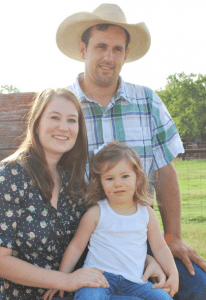
My favorite part of our lifestyle is that it provides the best family life ever. I get to be a stay-at-home mom, with a career, and work alongside my husband on a daily basis. We make our own schedules and work long hours, but we are always together as a family. We are teaching valuable lessons to our daughter by letting her work beside us and play in the same dirt her father grew up playing in.
The confidence I have in the quality of food I feed my family is also an added bonus.
– Sarah, Homestead Farms
Anna Hess homesteads with her husband on 58 acres of swamp and hillside in southwest Virginia.
Homesteading has different benefits for everyone who embarks on the adventure. For me and my husband, some of the perks have included delicious food and time to pursue our passions.
On a less hedonistic note, homesteading keeps our minds and bodies active since we’re constantly having to learn new skills and to build things with our hands. We’ve also discovered that growing our own food leads to a deeper understanding of the natural world, and of our place within it.
– Anna, Avian Aqua Miser
Dani Meyer and her husband, Kevin, currently work for a non-profit outside of Atlanta, Georgia. They are busy raising two sons, while renovating a 1950’s house, and turning the acre it sits on into an urban homestead.

It is part of being healthy. Why not get a little exercise, sun, and grow your own food? I saw someone in line at the grocery store today with a cart full of groceries, and none of it was real food! So, add nutrition to the list of health benefits.
It’s something we want our kids to grow up around, too.
– Dani, The Adventure Bite
It is part of being healthy. Why not get a little exercise, sun, and grow your own food? I saw someone in line at the grocery store today with a cart full of groceries, and none of it was real food! So, add nutrition to the list of health benefits.
It’s something we want our kids to grow up around, too.
Mark A. Zeiger lives a mostly subsistence lifestyle on his semi-remote, off-the-grid homestead on the shore of Lynn Canal in Alaska with his wife and daughter.
The word that best sums it up is satisfaction. Working as a family for the family, feeding, sheltering, and/or clothing yourself through your own ingenuity, skill, and effort. Reducing your reliance on other peoples’ skills and services. Becoming independent in how you structure your own time and activity. Becoming physically fit through strenuous daily activity. All of these are extremely satisfying.
– Mark, The Zeiger Family Homestead
WHAT WOULD YOU SAY TO SOMEONE WHO IS INTERESTED IN HOMESTEADING, OR MIGHT BE THINKING ABOUT MAKING THIS TYPE OF LIFESTYLE CHANGE?
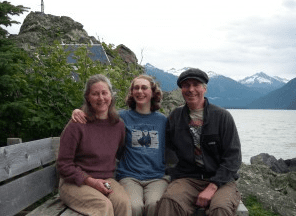
If you’re unsure, try it for awhile. Rent a remote cabin somewhere with limited amenities, go on an extended campout, or visit a working homestead. Those who take the leap without being fully aware of what they’re getting into are likely to fail.
It isn’t for everyone; it may not be for you, or for your spouse. It’s hard work, there’s no two ways about it.
– Mark, The Zeiger Family Homestead
Try something on a small scale. Start a small garden, buy a couple chickens, start a compost pile, start collecting rain water, etc., and graduate to bigger steps. It’s easier to decide farm isn’t for you after attempting a garden in your backyard than after purchasing 10 acres.
– Sarah, Homestead Farms
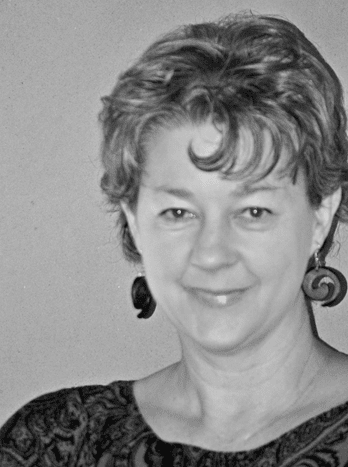
Be kind to yourself. There are lots of lessons to be learned, and growing your own food isn’t just about sticking a seed in the ground, applying water and watching it grow. Don’t be discouraged by early disasters. It’s a learning process. Have fun
– Linda, Living the Good Life
Shane Floyd is a father, husband, U.S. Army veteran, homesteader and the founder of Modern Homesteaders – a back to basics organization that seeks to educate and inspire others to become self-sufficient and self-reliant through homesteading.
Talk to a homesteader face to face. Sit down and eat a meal with a ‘steader that has gotten everything on the dinner table from his/her property, and taste the difference in food.
Most of all I would tell a prospective homesteader to not go into this lifestyle thinking that it will be the Garden of Eden. This lifestyle is the most gut-wrenching, stressful, painful, rewarding, satisfying, free lifestyle of them all and I would not give it up for the world.
Shane, Modern Homesteaders
Cathy Payne and her husband Jon left their suburban life in the Atlanta area to make a difference in what they view as a broken food system. They want to inspire others, help preserve heritage livestock, develop interest in new young farmers, and become a model of self-sufficiency.
If you really want to make a change, just do it! If you are unsure, you are probably not ready. Take some classes, volunteer, read, or do an internship on a farm. Get immersed. We work with interns and homestead students on our farm to provide a guided, educational immersion experience without financial risk
– Cathy, Broad River Pastures
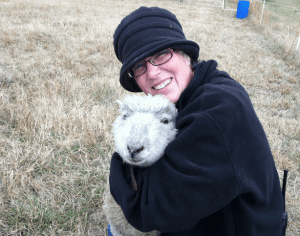
IF SOMEONE WANTED TO BEGIN, WHAT IS THE FIRST THING YOU WOULD TELL THEM TO DO OR TRY? WHAT WOULD MAKE FOR AN “EASY START?”
I would encourage them to start with gardening/growing some of their own food. It’s the simplest way to get started. Choose two or three vegetables or fruits that your family eats regularly and master those. Once you are getting decent harvests, move on to other things. You would be so surprised how skills multiply as you master them!
– Kristi, The Mind to Homestead
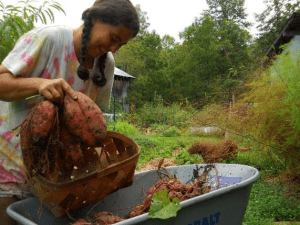
I always recommend that new homesteaders start small, with just a few projects, and with each project at the minimum size possible (a 25-square-foot garden, for example, rather than half an acre). If you start small and succeed, you’ll likely be excited to expand next year, but if you try to bite off more than you can chew, you might just throw in the towel.
– Anna, Avian Aqua Miser
Getting some hands-on experience or finding mentors is important. Have a plan, but be flexible and open to change. Good fences and good dogs are always an excellent investment.
– Cathy, Broad River Pastures
We purchased our ranch property while we both still held corporate jobs in the city. Mistakes were made in those early days – some costly – but we were able to go through that learning curve while still bringing in corporate salaries.
It also allowed us to amend our raw property to prepare for our future lives here – ponds were dug, pastures were planted, equipment was purchased and cattle were acquired. When it was finally time to make that leap we were ready!
– Tammy, Taylor-Made Ranch
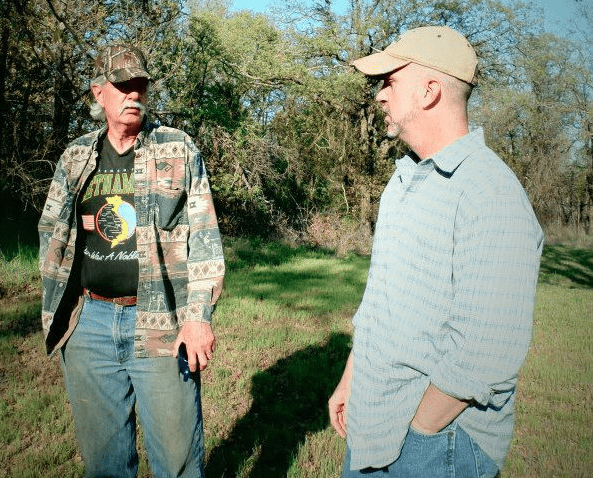
The first thing I would tell a prospective homesteader is to walk your land. Look at everything. Listen to everything. See how things work together, how the sun hits a section of the land during a specific time of the day. Basically get in tune with your own land and dream of how you would like it to be. Hold on to this picture, and think about it often.
– Shane, Modern Homesteaders
Start small. Start with some real winners for your region and time commitment. In Georgia, we love our Egyptian walking onions (low-maintenance perennial), and the various sweet and spicy peppers that keep producing amazing fruit long after the garden is neglected in late summer.
– Dani, The Adventure Bite
If you are just starting to learn about homesteading, and you’re living in the suburbs, don’t be discouraged! You can start right where you are.
If you’ve pushed your neighborhood lot to the max, or if you’re just ready for more fresh air and a bigger garden, you’re only one step away from the most beautiful farmland in Texas real estate. Call us anytime, at 830-569-3500, for an exclusive look at what might be your next homestead.
